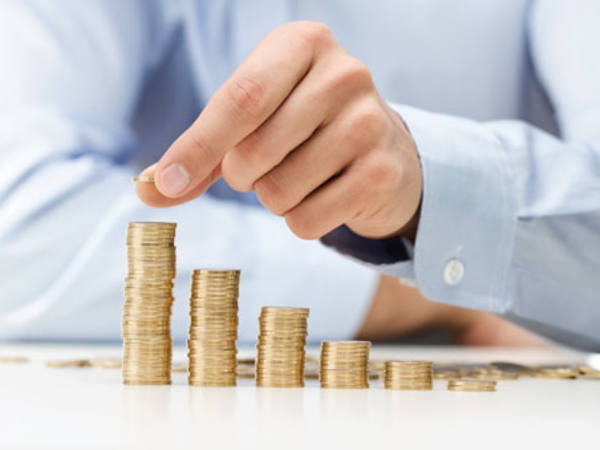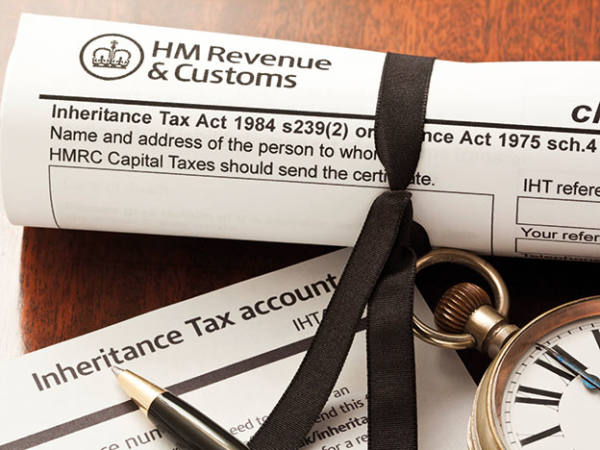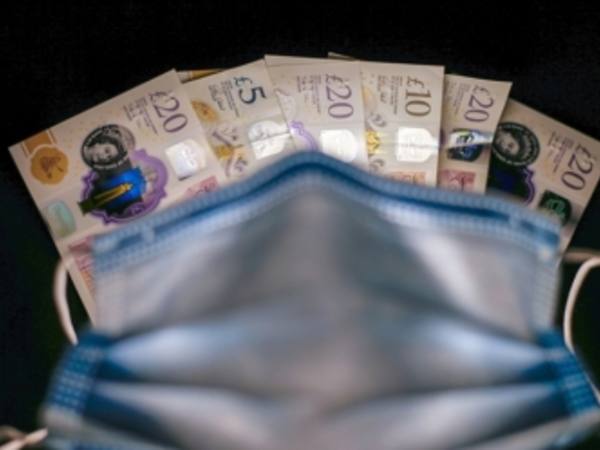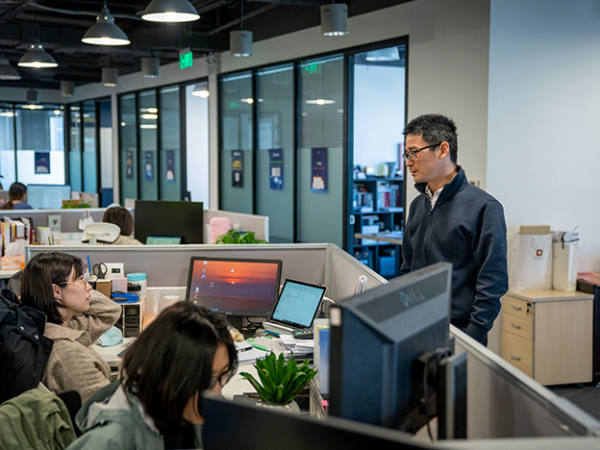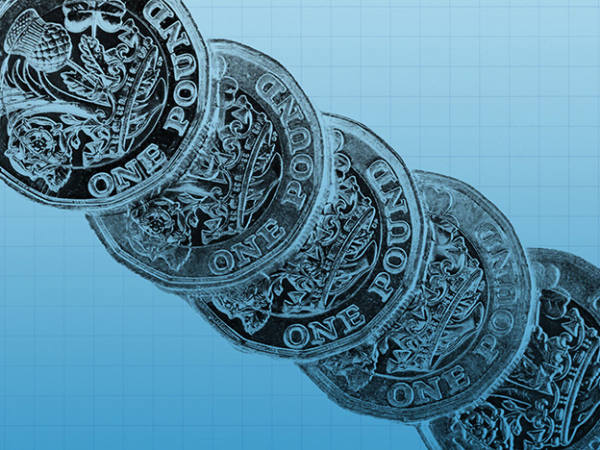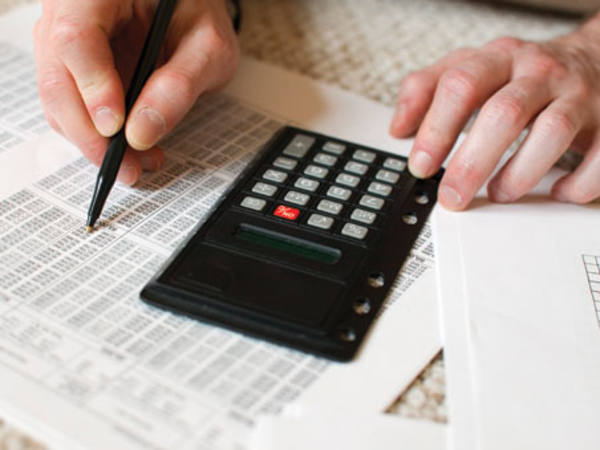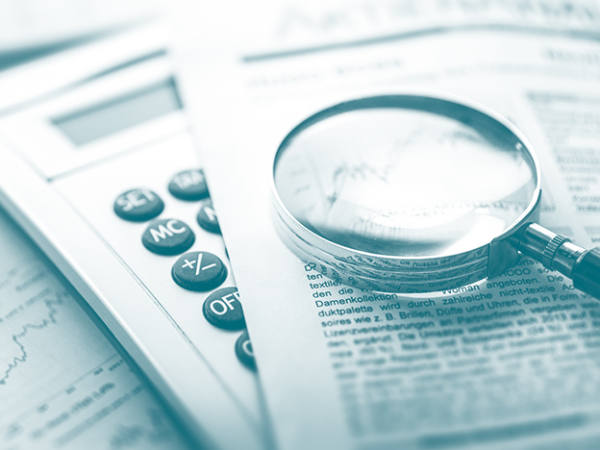- Consider factors including the size of your pot, and your age and average life expectancy
- To ensure that your assets don’t run out it is important not to draw too much from them early on
- Be realistic about growth and inflation
If you rely on your investments for income – because you are in retirement, for example – you need to ensure they can continue to provide that income for as long as you need it, and you shouldn’t draw more than is sustainable. What is harder to determine, however, is what a ‘safe' withdrawal rate is as this depends on a number of varying factors including ones unique to yourself. Rob Morgan, chief analyst at Charles Stanley, argues that: “The uncertainty of those variables means there is no ‘safe’ level. Rather, there is a range of outcomes with different levels of probability.”
Four per cent of the value of your portfolio a year is often cited as an amount you can safely withdraw without the risk of assets running out before the end of your life. However, this assumption was made by US financial adviser Bill Bengen in the mid-1990s on the basis of stock and bond returns between 1926 and 1976 – and the future could look very different.
A withdrawal rate of 4 per cent of the value of your portfolio a year “does give you a good chance of not running your pot down, but the risks associated with volatility drag and the sequencing of returns mean that you have to be very careful and aware of what might go wrong”, says Morgan. “In particular, when market volatility strikes, there can be a significant impact on investors taking regular or ad hoc withdrawals.”
Volatility drag refers to the fact that a portfolio, once it loses value, needs to work harder to return to its original amount. For example, if a £100,000 portfolio loses 10 per cent one year and gains 10 per cent the next, its value will not be £100,000 but £99,000.
The sequencing of returns, as Morgan says, can have a disproportionate effect on outcomes. Negative returns in the early years can have a particularly detrimental effect on the value of an investment pot even if they are followed by good returns. Similarly, taking money out of a portfolio shortly after market falls risks depleting your assets too early.
With this in mind, it is particularly important not to withdraw too much too early, as the table below shows.
| How the sequence of returns affects a portfolio's value when an investor sells units | |||||
|---|---|---|---|---|---|
| Portfolio 1 | Portfolio 2 | ||||
| Year | Withdrawal (£) | Annual returns (%) | Annual portfolio value (£) | Annual returns (%) | Annual portfolio value (£) |
| 0 | 100,000 | 100,000 | |||
| 1 | 5,000 | 30 | 125,000 | -20 | 75,000 |
| 2 | 5,000 | 20 | 145,000 | -15 | 58,750 |
| 3 | 5,000 | 5 | 147,250 | 5 | 56,688 |
| 4 | 5,000 | -15 | 120,163 | 20 | £63,025 |
| 5 | 5,000 | -20 | 91,130 | 30 | 76,933 |
| Cumulative return | 11 | 11 | |||
| 18% difference in year 5 portfolio value | |||||
| Source: Quilter Investors | |||||
If you have a smaller base of assets, you also reduce the potential for income because you have fewer units and shares in investments to pay it out.
So it may be the case that you should take less than 4 per cent a year if, for example, your portfolio is only returning 3-4 per cent a year and at that point, you are not looking to run down capital. Alternatively, when markets are falling you may need to factor in periods when you totally stop withdrawing from your investments. At such times, you could continue to take dividends and interest from the investments but draw the rest of your income from a cash reserve instead of also selling chunks of investments. If you are retired and your investments contribute to your annual income, advisers suggest having around two years’ worth of expenditure in easily accessible cash.
One way to try to determine a sustainable withdrawal rate is to identify the likely income flows from the investment portfolio, and use this as the basis for the amount it is safe to draw without eating into any capital. You then just take the income the portfolio naturally produces rather than committing to a fixed level of withdrawals. “This can work well because the capital values of income investments are frequently more stable, whereas relying on top-slicing growth investments could make you more prone to sequencing risk,” says Morgan.
However, this level of income will not be enough for everyone, and investment income is often variable in any case. On top of this, a laser focus on income may mean you miss out on investments that mostly grow your capital instead.
Morgan notes that, ideally, you should hold both growth and income investments, and take the natural income from the part that produces it.
Paul Derrien, investment director at Canaccord Genuity Wealth Management, agrees that you should diversify across both, and also spread assets across a variety of other equity styles, such as value and growth. For example, “income as a style was great in 2022 but there are many years when it hasn’t been, so a diversified style approach is likely to produce better and more consistent returns”, he explains. "This is much more helpful when taking regular withdrawals as you want to avoid as many shocks as possible.”
Focusing on both income and growth means that you can make use of more tax allowances. If you are selling chunks of investments held outside tax wrappers such as individual savings accounts (Isas) and pensions, trimming holdings that have done well up to a value of your capital gains tax (CGT) allowance, is a good way to prevent a large CGT liability building up. With the annual CGT allowance falling from £12,300 to £6,000 on 6 April and again to £3,000 in April 2024, doing this is going to become even more important (see 'Beat tax rises with a flexible income plan', IC 10 March 2023).
Planning factors
To help determine a suitable withdrawal rate for you personally, consider what income you will need and what costs you might incur during the rest of your life. Typically, the earlier part of your retirement costs more than later years because you may be travelling, pursuing hobbies or making improvements to your home. Ian Cook, financial planner at Quilter, says that by your mid-70s the level of income you need may reduce, and this is even more likely in your 80s. However, that can change if you need to fund care or help around the home. So consider the level of investment income you may need at different stages of your retirement.
Key things to factor in include your age and life expectancy, and the value of your portfolio. For example, if you are age 80 and withdraw 5 per cent a year from a portfolio worth hundreds of thousands of pounds that returns 4 per cent a year, you are unlikely to run out of assets before the end of your life.
The purpose of your withdrawals is also an important consideration. “If it is a withdrawal to supplement income, it needs to keep pace with inflation," says Derrien. "However, it is unlikely that your income requirements will be constant each year for various reasons [including] age, family circumstances and unexpected one-offs, so some flexibility needs to be built in too.”
He likes to plan on the basis that assets will only diminish to zero well beyond average life expectancy – for example, beyond age 100. "That way there is a good buffer for the odd black swan or two," he says. "Plan for the worst or lower returns than you actually expect."
A key factor is whether you plan to leave a legacy to children or other beneficiaries. However, if not being able to draw on some or all of your capital would compromise your financial security and standard of living in retirement, consider either not leaving a legacy or just a smaller one – perhaps simply anything that is left after you have met your financial needs.
Also factor in any new income streams that may occur and would mean you can reduce your annual level of withdrawals – for example, your own and/or your spouses' state pension. Cook says to consider whether the state pension will cover your basic expenses and, if not, look at buying an annuity to make up the difference. "This would mean that your basic costs are covered irrespective of your age," he says.
It would also mean that you are not forced to withdraw from your investments when their value has fallen, as discretionary spending could be put on hold or funded with other assets.
The impact of tax on withdrawals should also be factored in. Advisers generally suggest first drawing from assets outside pensions and Isas, up to a value within your tax allowances (such as the personal allowance for income tax, dividend allowance and personal savings allowance for interest from cash and bond investments). Then withdraw from Isas because withdrawals from these are tax-free.
"If in retirement, build a secure income using various sources to cover your basic needs," says Morgan. "Another way to minimise tax is to put any investments outside Isas or pensions in joint names for a couple, or in the name of the spouse who pays the lowest rate of tax."
Pensions are the final type of account you should turn to, starting with the 25 per cent tax-free portion. Leaving your pension until last is especially important if you want to leave assets to beneficiaries after you die, because these do not fall into your estate for inheritance tax purposes, whereas Isas and other types of account do.
Portfolio performance
Consider what kind of growth your investments might achieve, remembering to factor in inflation, perhaps using a long-term average figure but bearing in mind that there can be periods when price growth is excessively high, such as at present.
Derrien says to assess the returns that your portfolio could achieve given its risk level, and to be realistic with your assumptions on growth and inflation. You should periodically assess whether the performance is as desired, bearing in mind that market fluctuations are unavoidable.
Many financial planners suggest assessing your portfolio around once a year, though Cook says you could review it up to four times a year. However, he adds that you should assess its track record in relation to the market over at least three years.
Examining your portfolio in this way doesn't mean you have to trade holdings, a process that incurs charges that cut into your returns. Valid reasons to buy and sell investments include rebalancing to take the asset allocation back to your desired starting point. Over time, the varying performance of your holdings could mean your intended asset allocation becomes too weighted to certain assets or positions.




